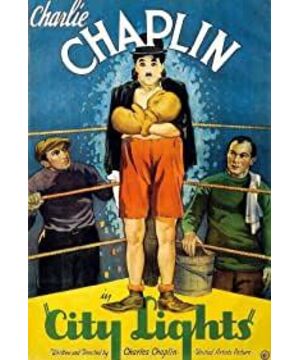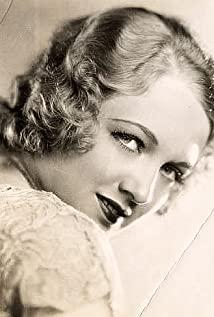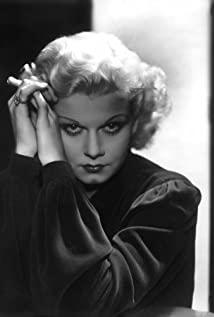Continuing Chaplin's humorous display style, the film revolves around the relationship between the tramp and the flower girl and the "friendship" between the tramp and the rich man. The content displayed is simpler than the later "Modern Times". The storyline of the tramp and the flower girl is original but pure and beautiful, a relationship that is a continuation of misunderstanding, throbbing and kindness. In the last scene of the film, the flower girl looks at the homeless man in the glass window, and it is funny, and when the homeless looks at each other, it makes people feel distressed and heartbroken, and finally the flower girl smiles and gets up with a white camellia and a coin. When the homeless man walked away, his heart tightened slightly, and when the flower girl touched the homeless man's hand and body, the smile on her face magnified, "Are you?", the homeless man nodded again, and the camera zoomed in. The smiling faces of the two, the film reached a climax and ended happily, and the heart finally returned to contentment. Fortunately, it's all so bitter, and there is joy in the aftermath. After all, the flower girl didn't fall in love because of misunderstanding. Does "City Light" refer to the gratifying love between the two people at the bottom under the high pressure and prosperity of the city? There is no more to say about the follow-up film. Out of the yearning for pure love, from the perspective of the viewer, anyone will continue a happy back-end for this poor man and woman. As for Monopoly at night and daytime, it is not the same as having schizophrenia? Or a satire on the hypocritical image of the capitalist chameleon? Don't understand yet. There are some laughing scenes in the film that don't have a deep meaning for the time being, and feel a little nonsensical. For example, what happened to the homeless slipping and unsteady in the restaurant? In addition, the homeless person in the film is a very real person, not only kind but also a rogue character who is greedy for petty and cheap, such as holding a sheep, and the image is fuller.
View more about City Lights reviews











